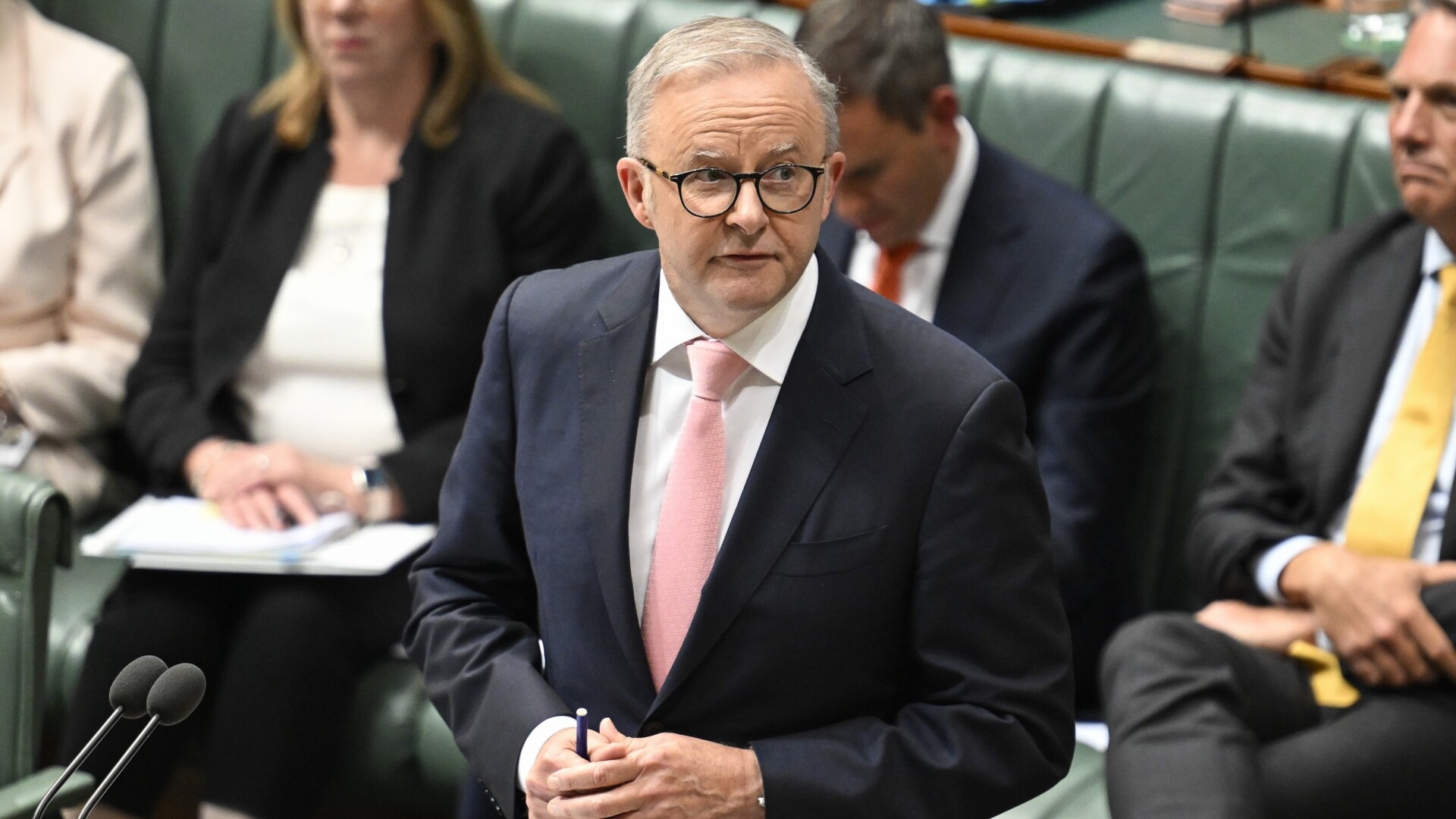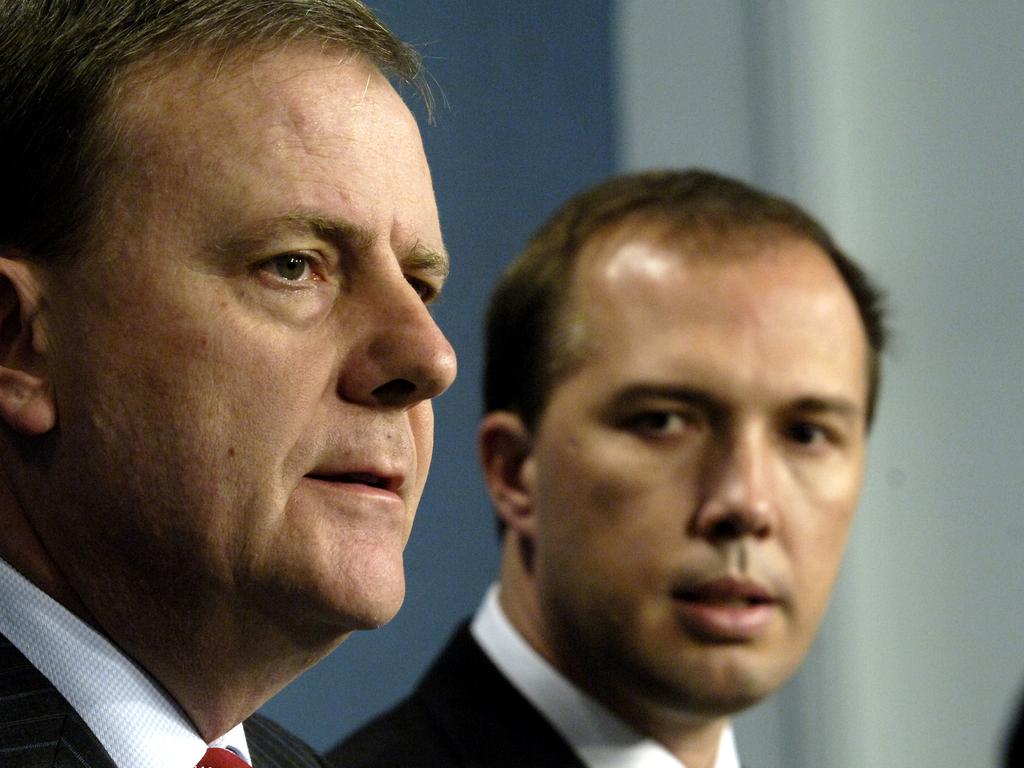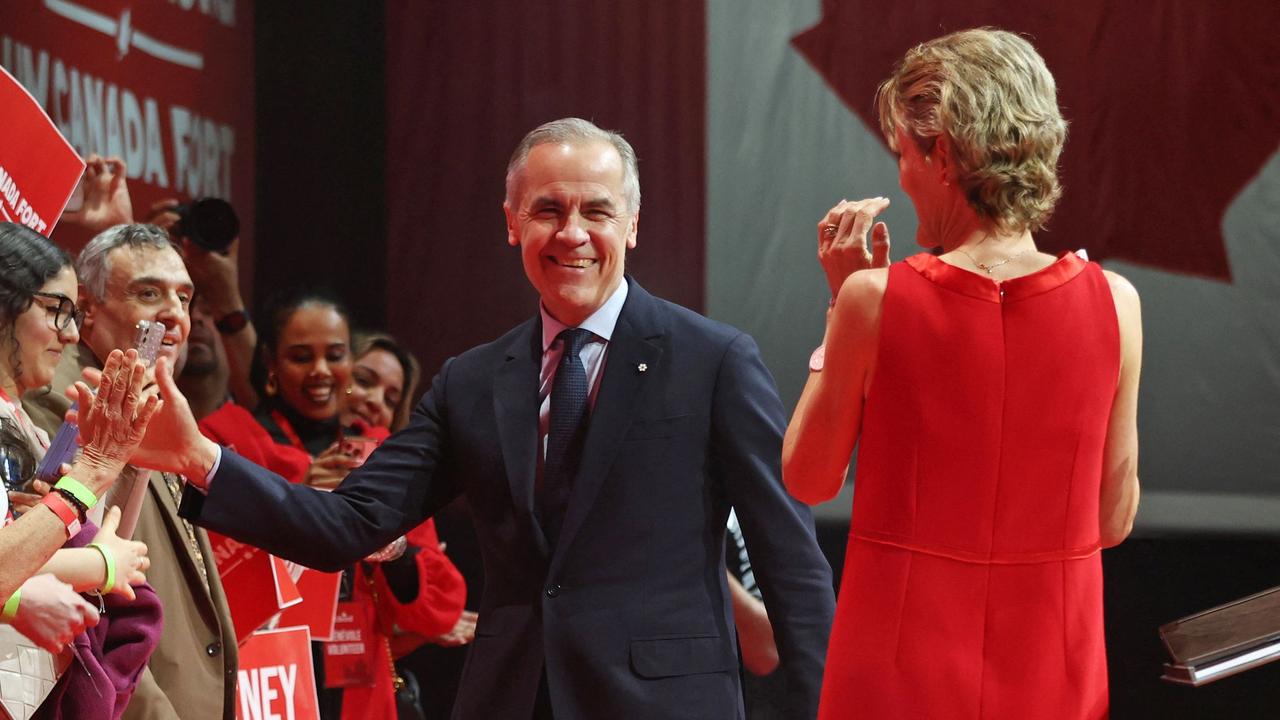
Economists may not pay too much attention to the ABS living-cost indexes but politicians do.
And you can bet the Opposition will seize on their release for one obvious reason.
Unlike the Consumer Price Index, the LCIs measure how much the cost of living goes up or down for different groups of people.
It can be expected that the overall trend across five indexes will show a moderating of the decline in living standards, with government handouts helping offset cost-of-living rises more generally.
But unlike the CPI, the ABS living-cost indexes include mortgage costs.
For younger and older Australians, it is likely to show the cost-of-living rises easing further, which is good news. But this is largely because older Australians are more likely to have paid off their mortgages, if they had one, and younger Australians less likely to have one yet.
Of the five indexes – which also cover welfare recipients, self-funded retirees, other government transfer payment recipients and aged pensioners – it is the employee household index that is the most relevant to the political contest. This is middle Australia – middle-aged, middle-income earners. This is not only where the cost-of-living pain will be revealed to be greatest, it is also the political crunch point.
The December quarter showed cost of living running well ahead of inflation for this group. It is likely to do so again on Wednesday.
The Albanese government continues to argue the untestable case that people would have been $7200 worse off if the Coalition had been in power. But it won’t be able to escape the reality of how much damage has been inflicted over the past three years under its watch.

While Wednesday’s numbers are likely to show a continued slowing in living costs for employee households as well, it will also likely show this group continues to record the highest quarterly rises.
In other words, the relative pain for those voters who will be most critical to the outcome of the election, is the most acute.
The Opposition’s assessment of these indexes over the past two and half years show “working household” living costs have already increased by 18.9 per cent.
Food costs have risen by 14 per cent, housing by 15 per cent, health by 12 per cent and insurance and financial services (including mortgage interest costs) by 93.2 per cent. Those with a sizeable mortgage would have paid anywhere up to an additional $50,000.
Wednesday’s data needs to be weighed against the next round of wages growth numbers in a couple of weeks to get a clearer picture.
Economists Chris Richardson and Saul Eslake say that, while economists are looking at inflation through CPI, politicians are more likely than economists to focus on the cost-of-living index to see where the genuine pain in the community resides.
In that sense, it may be a closer reflection of reality. And it’s a reality that seems to be lost on the government as it seeks to claim a victory over inflation. “It won’t only be that living standards have dropped but also they have dropped more for middle Australia,” Richardson says. “And that’s relevant because that’s typically where elections are won or lost.”
While cost of living was always going to dominate the first parliamentary question time of the year on Tuesday, as it will again on Wednesday with these latest datasets, the politics didn’t necessarily go the Opposition’s way.
Tuesday was a wake-up call to Peter Dutton that he is now firmly in the policy spotlight as the alternative prime minister, with the Liberal leader forced into a defensive position over tax breaks for small business lunches.
It should have come as no surprise that Jim Chalmers would eventually get the Treasury to cost the Coalition policy, which has been released without any final numbers around it.
Liberal polling may be showing that it is a policy tracking well for Dutton, but it is a policy that essentially narrowcasts to the Liberal small business base.
Labor sees it as a prism through which it can broadcast the politics of resentment.
This may not work in the end for Albanese and Chalmers, as the class-envy card plays primarily to Labor’s own base, but it has provided the government a rare short-term diversion from the main political game.






Another day of reckoning will arrive for the government on Wednesday when the official living standards index is expected to show how much middle Australia continues to be belted.